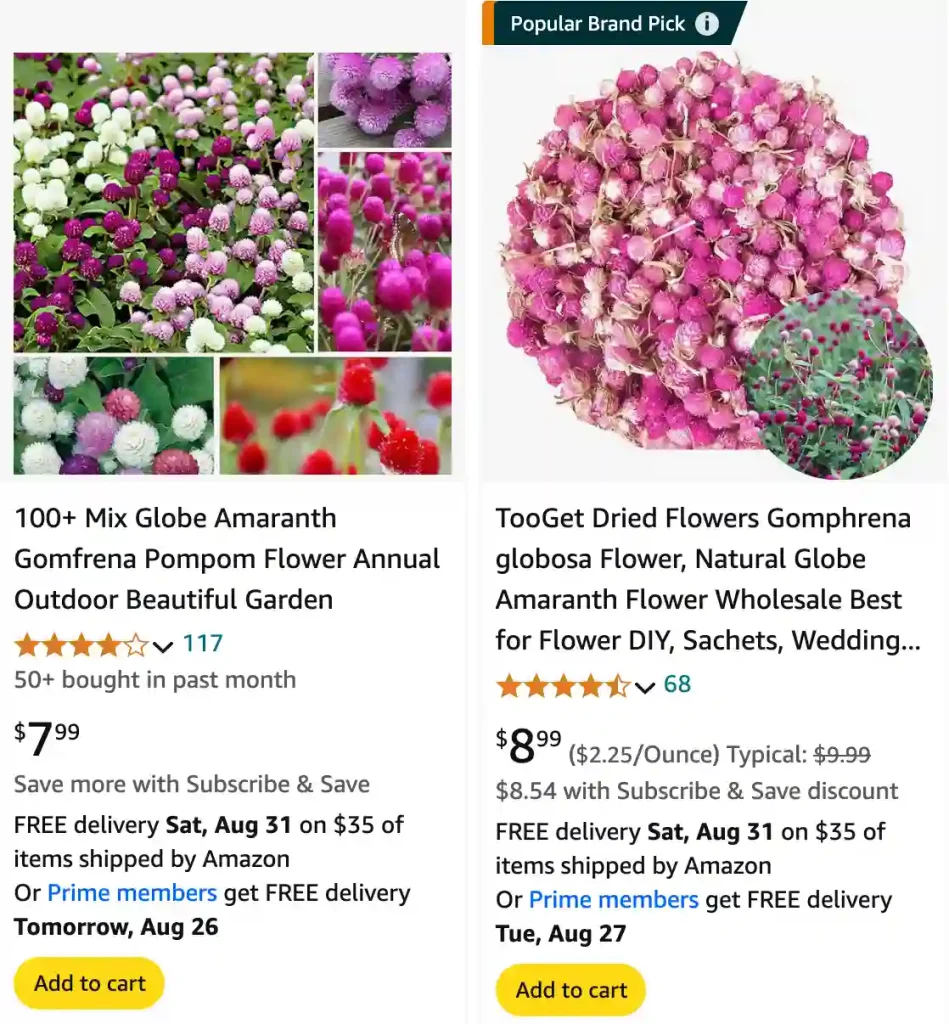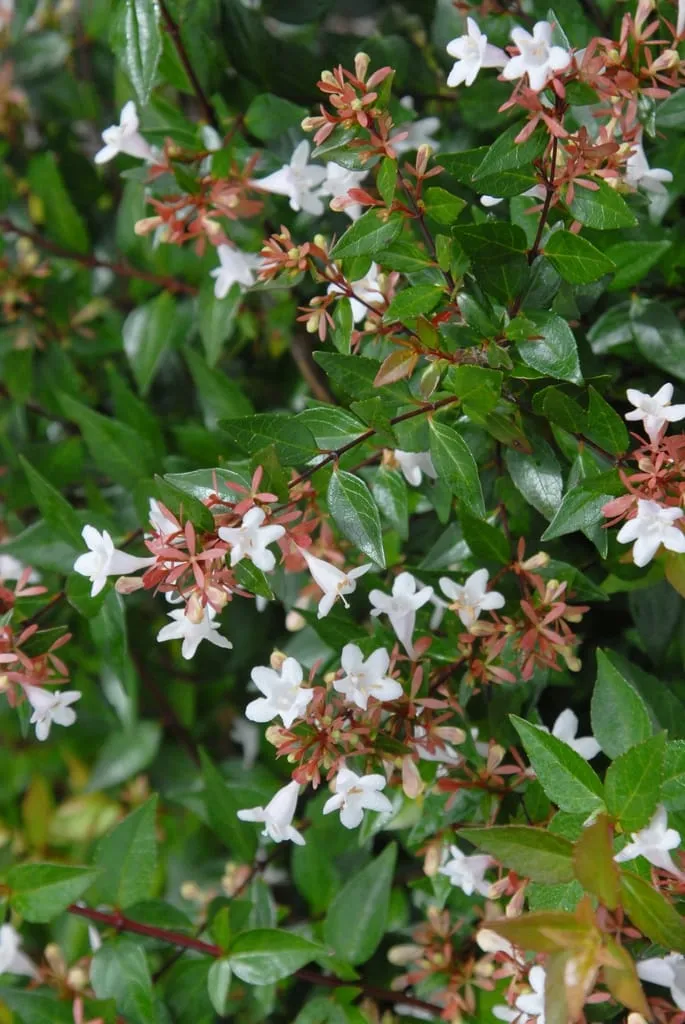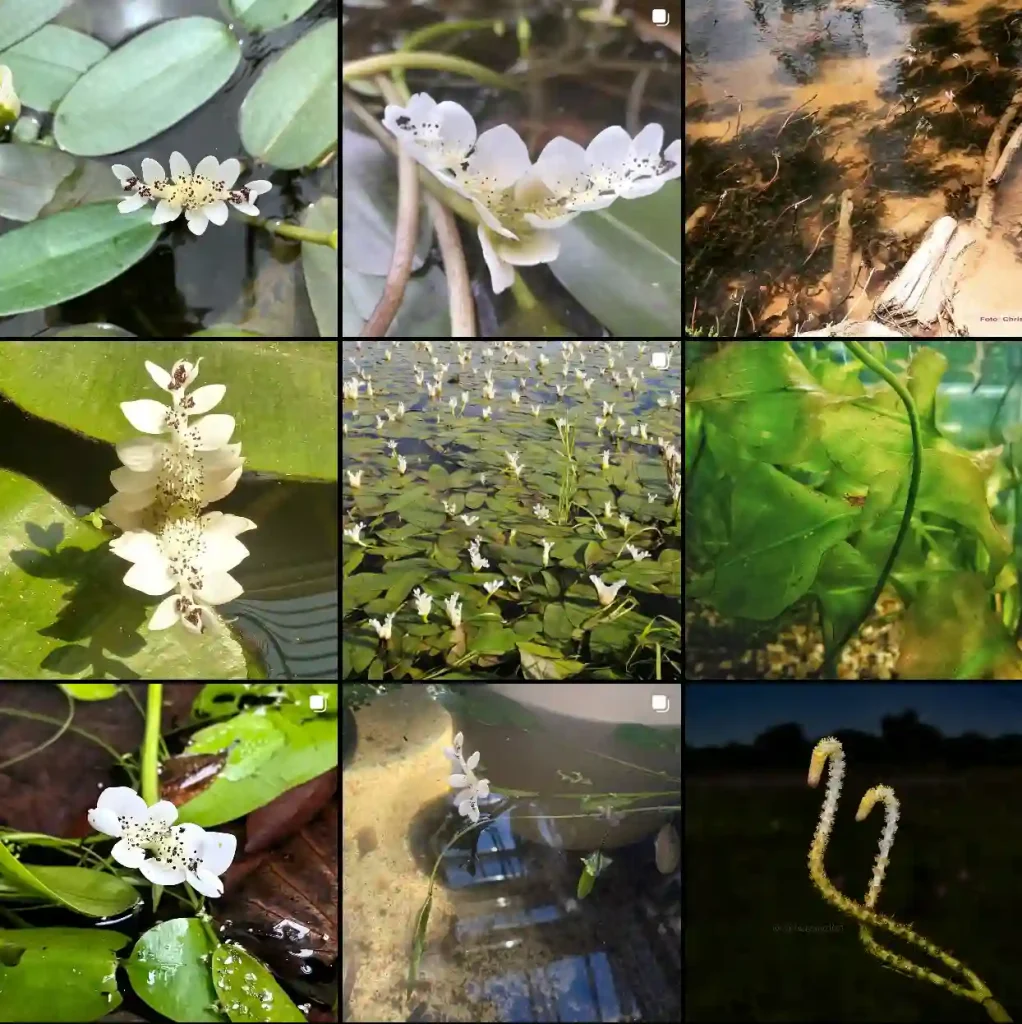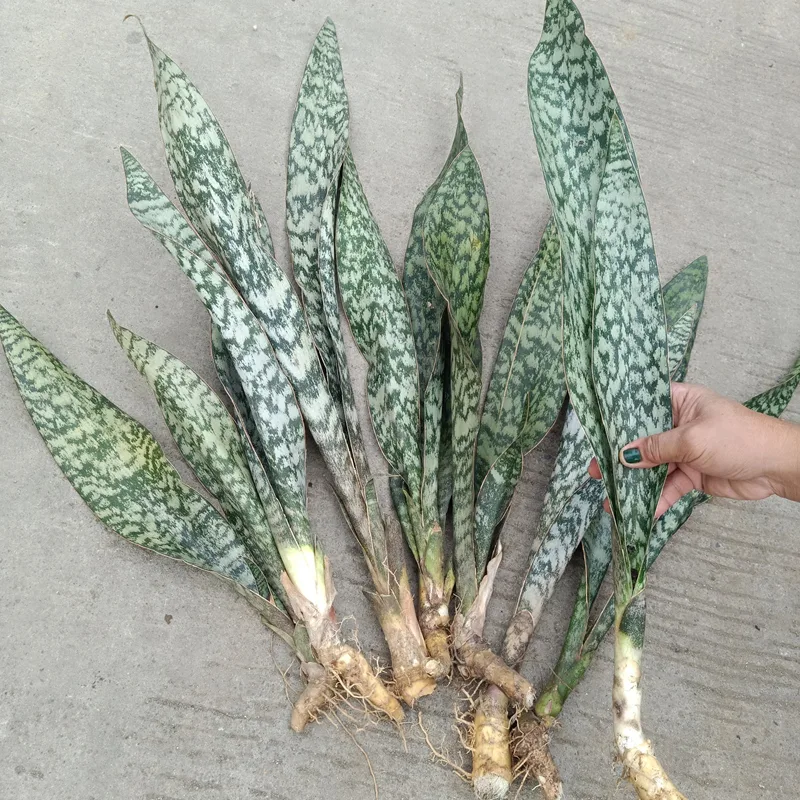
Gomphrena: A World of Color Explored
As a plant enthusiast, I’m always on the lookout for unique and captivating genera to add to my garden. Recently, I’ve become fascinated by the Gomphrena, also known as globe amaranth. This genus, belonging to the Amaranthaceae family, boasts a diverse array of species, each with its own distinct charm. Native to the Americas, Australia, and parts of Africa, Gomphrena plants have captivated gardeners and botanists alike for centuries.
A Visual Feast
What strikes me most about Gomphrena is the sheer variety of colors its flowers display. From the vibrant magenta of Gomphrena globosa to the fiery orange of Gomphrena haageana, these plants bring a burst of life to any garden. The flowers themselves are quite unique, resembling clover blossoms or tiny fireworks. Their papery texture adds another layer of interest, making them perfect for dried arrangements.
More Than Just a Pretty Face
Beyond their ornamental value, Gomphrena species have a rich history of practical uses. In traditional medicine, some species are believed to possess anti-inflammatory and diuretic properties. Additionally, certain Gomphrena species are edible, with their leaves and young shoots adding a nutritious touch to salads and stir-fries.
Diving Deep into Diversity
The Gomphrena genus encompasses a vast array of species, each with its own unique characteristics. Here are a few notable examples:
- Gomphrena affinis F.Muell. ex Benth.
- Gomphrena agrestis Mart.
- Gomphrena anti-lethargica Silveira
- Gomphrena arborescens L.f.
- Gomphrena arida J.Palmer
- Gomphrena atrorubra J.Palmer
- Gomphrena axillaris R.W.Davis & J.Palmer
- Gomphrena basilanata Suess.
- Gomphrena bicolor Mart.
- Gomphrena boliviana Moq.
- Gomphrena brachystylis F.Muell.
- Gomphrena breviflora F.Muell.
- Gomphrena brittonii (Standl.) T.Ortuño & Borsch
- Gomphrena caespitosa Torr.
- Gomphrena canescens R.Br.
- Gomphrena cardenasii Standl. ex E.Holzh.
- Gomphrena celosioides Mart.
- Gomphrena centrota E.Holzh.
- Gomphrena chrestoides C.C.Towns.
- Gomphrena cladotrichoides Suess.
- Gomphrena claussenii Moq.
- Gomphrena colosacana Hunz. & Subils
- Gomphrena conferta Benth.
- Gomphrena conica (R.Br.) Spreng.
- Gomphrena connata J.Palmer
- Gomphrena cucullata J.Palmer
- Gomphrena cunninghamii (Moq.) Druce
- Gomphrena debilis Mart.
- Gomphrena decipiens Seub.
- Gomphrena demissa Mart.
- Gomphrena desertorum Mart.
- Gomphrena diffusa (R.Br.) Spreng.
- Gomphrena discolor R.E.Fr.
- Gomphrena duriuscula Moq.
- Gomphrena eichleri J.Palmer
- Gomphrena elegans Mart.
- Gomphrena equisetiformis R.E.Fr.
- Gomphrena eriophylla Mart.
- Gomphrena ferruginea Pedersen
- Gomphrena filaginoides M.Martens & Galeotti
- Gomphrena flaccida R.Br.
- Gomphrena floribunda J.Palmer
- Gomphrena fuscipellita T.Ortuño & Borsch
- Gomphrena gardneri Moq.
- Gomphrena globosa L.
- Gomphrena graminea Moq.
- Gomphrena guaranitica Chodat
- Gomphrena haageana Klotzsch
- Gomphrena haenkeana Mart.
- Gomphrena hatschbachiana Pedersen
- Gomphrena hermogenesii J.C.Siqueira
- Gomphrena hillii Suess.
- Gomphrena humifusa J.Palmer
- Gomphrena humilis R.Br.
- Gomphrena incana Mart.
- Gomphrena involucrata Ewart
- Gomphrena kanisii J.Palmer
- Gomphrena lacinulata J.Palmer
- Gomphrena lanata R.Br.
- Gomphrena lanigera Pohl ex Moq.
- Gomphrena leontopodioides Domin
- Gomphrena leptoclada Benth.
- Gomphrena leptophylla (Benth.) J.Palmer
- Gomphrena leucocephala Mart.
- Gomphrena longistyla R.W.Davis, J.Palmer & T.Hammer
- Gomphrena macrocephala A.St.-Hil.
- Gomphrena macrorhiza Mart.
- Gomphrena magentitepala J.Palmer
- Gomphrena mandonii R.E.Fr.
- Gomphrena marginata Seub.
- Gomphrena martiana Gillies ex Moq.
- Gomphrena matogrossensis Suess.
- Gomphrena mendocina (Phil.) R.E.Fr.
- Gomphrena meyeniana Walp.
- Gomphrena microcephala Moq.
- Gomphrena mizqueensis T.Ortuño & Borsch
- Gomphrena mollis Mart.
- Gomphrena moquinii Seub.
- Gomphrena muscoides (Sw.) T.Ortuño & Borsch
- Gomphrena nealleyi J.M.Coult. & Fisher
- Gomphrena nigricans Mart.
- Gomphrena nitida Rothr.
- Gomphrena occulta J.Palmer
- Gomphrena oroyana Standl.
- Gomphrena pallida (Stuchlík) Pedersen
- Gomphrena palmeri Standl.
- Gomphrena paraguayensis Chodat
- Gomphrena paranensis R.E.Fr.
- Gomphrena parviceps Standl.
- Gomphrena parviflora Benth.
- Gomphrena perennis L.
- Gomphrena phaeotricha Pedersen
- Gomphrena pilosa (M.Martens & Galeotti) Moq.
- Gomphrena platycephala R.E.Fr.
- Gomphrena pohlii Moq.
- Gomphrena portulacoides (A.St.-Hil.) T.Ortuño & Borsch
- Gomphrena potosiana Suess. & Benl
- Gomphrena pringlei J.M.Coult. & Fisher
- Gomphrena prostrata Mart.
- Gomphrena pulchella Mart.
- Gomphrena pulvinata Suess.
- Gomphrena pumila Gillies ex Moq.
- Gomphrena pungens Seub.
- Gomphrena pusilla Benth.
- Gomphrena radiata Pedersen
- Gomphrena radicata (Hook.f.) T.Ortuño & Borsch
- Gomphrena regeliana Seub.
- Gomphrena riedelii Seub.
- Gomphrena rigida (B.L.Rob. & Greenm.) T.Ortuño & Borsch
- Gomphrena riparia Pedersen
- Gomphrena rosula J.Palmer
- Gomphrena rudis Moq.
- Gomphrena rupestris Nees
- Gomphrena scandens (R.E.Fr.) J.C.Siqueira
- Gomphrena scapigera Mart.
- Gomphrena schinziana Stuchlík
- Gomphrena schlechtendaliana Mart.
- Gomphrena sellowiana Mart.
- Gomphrena serrata L.
- Gomphrena serturneroides Suess.
- Gomphrena sonorae Torr.
- Gomphrena sordida Farmar
- Gomphrena spissa Pedersen
- Gomphrena splendida R.L.Barrett & J.Palmer
- Gomphrena stellata T.Ortuño & Borsch
- Gomphrena subscaposa (Hook.f.) T.Ortuño & Borsch
- Gomphrena tenella (Moq.) Benth.
- Gomphrena tomentosa (Griseb.) R.E.Fr.
- Gomphrena triceps Pedersen
- Gomphrena trinervosa C.C.Towns.
- Gomphrena trollii Suess.
- Gomphrena umbellata J.Rémy
- Gomphrena uruguayensis Suess.
- Gomphrena vaga Mart.
- Gomphrena verecunda R.W.Davis
- Gomphrena vermicularis L.
- Gomphrena virgata Mart.
- Gomphrena viridis Wooton & Standl.
- Gomphrena vitellina Pedersen
- Gomphrena wrightii (Hook.f. ex Maxim.) T.Ortuño & Borsch
Is Gomphrena a Perennial?
Gomphrena is typically grown as an annual in most regions. This means it completes its life cycle in one growing season, from germination to seed production. In warmer climates (USDA zones 10 and 11), it can behave like a short-lived perennial, meaning it may survive through the winter. However, in cooler areas, it’s best treated as an annual and replanted each year.
What Do Gomphrena Seeds Look Like?
Gomphrena seeds are quite small, usually about 1/8 inch in diameter. They are round and somewhat wrinkled, with a color that can range from dark brown to black. They’re relatively easy to handle and sow, making them a great choice for both novice and experienced gardeners.
Do Deer Eat Gomphrena?
Gomphrena is generally considered deer-resistant. Deer are less likely to munch on these plants due to their texture and the plant’s slightly bitter taste. This makes Gomphrena a good choice for gardens in areas where deer are a problem.
Does Gomphrena Need Light to Germinate?
Yes, Gomphrena seeds do need light to germinate. It’s best to sprinkle the seeds on the soil surface and lightly press them in without covering them with soil. Providing them with a bright location and consistent moisture will encourage germination.
How to Dry Gomphrena?
Drying Gomphrena is a simple process. Cut the stems of the plant when the blooms are fully open but still vibrant. Tie the stems together and hang them upside down in a dry, dark, and well-ventilated area. After a few weeks, the flowers should be fully dry and ready to use for arrangements or crafts.
When to Start Gomphrena Seeds Indoors?
Start Gomphrena seeds indoors about 6-8 weeks before the last expected frost. This gives the plants a head start and ensures they’re ready to be transplanted outdoors once the weather warms up. Use seed trays or pots with good drainage and keep them in a warm, sunny location.
Do Rabbits Eat Gomphrena?
Like deer, rabbits tend to avoid Gomphrena. Its tough, somewhat spiky foliage and bitter taste make it less appealing to these garden pests. This can make Gomphrena a good option for gardens where rabbits are a concern.
Do You Pinch Gomphrena?
Pinching Gomphrena plants helps to encourage bushier growth. To do this, simply pinch off the top 1-2 inches of the plant once it reaches about 6 inches tall. This will promote lateral branching and create a fuller, more compact plant.
Does Gomphrena Self-Seed?
Yes, Gomphrena can self-seed. The seeds are produced in the dried blooms and can scatter around the garden. If you want to control where they grow, you might want to collect the seeds from the dried flowers and sow them in a designated area.
How Far Apart to Plant Gomphrena?
Space Gomphrena plants about 6-12 inches apart. This allows them enough room to grow and spread out without crowding each other. Proper spacing ensures good air circulation and helps prevent disease.
How Tall Does Gomphrena Grow?
Gomphrena typically grows to a height of 12-18 inches. However, some varieties can reach up to 24 inches tall. Their compact and bushy growth habit makes them suitable for borders, containers, and as fillers in garden beds.
Are Gomphrena Poisonous to Dogs?
No, Gomphrena is not considered poisonous to dogs. It is generally safe if your dog happens to nibble on it. However, it’s always best to monitor pets to ensure they don’t consume large quantities of any plant.
Can You Grow Gomphrena in Pots?
Yes, Gomphrena can be successfully grown in pots. Choose a container with good drainage and use a high-quality potting mix. This allows you to enjoy its vibrant blooms on patios, balconies, or indoors.
Can You Winter Sow Gomphrena?
Winter sowing Gomphrena is possible, especially in regions with mild winters. Sow the seeds in containers and leave them outdoors where they will experience natural cold stratification. This method can lead to earlier germination when spring arrives.
Gomphrena vs. Amaranth
Gomphrena and Amaranth (Amaranthus) can sometimes be confused due to their similar appearance. However, Gomphrena has a more rounded, globe-like flower head, while Amaranth flowers are often more elongated and spike-like. Additionally, Amaranth can be grown as both an ornamental and a food crop, while Gomphrena is primarily used for ornamental purposes.
How to Care for Gomphrena?
Gomphrena is a low-maintenance plant. It thrives in full sun and well-drained soil. Regular watering is needed, but avoid waterlogging. Fertilize sparingly, as too much fertilizer can lead to excessive foliage at the expense of blooms.
How to Propagate Gomphrena?
Gomphrena can be propagated from seeds. Collect seeds from mature blooms and sow them directly into the soil or in seed trays. Ensure they receive light for germination and maintain consistent moisture.
What to Plant With Gomphrena?
Gomphrena pairs well with other heat-tolerant plants like marigolds, zinnias, and salvias. These combinations create a vibrant, colorful garden that can handle sunny, warm conditions.
Common Problems
Gomphrena is relatively pest and disease-resistant, but it can occasionally suffer from fungal issues if grown in overly wet conditions. Ensure good air circulation and avoid overhead watering to minimize these problems.
Gomphrena is a fantastic addition to any garden with its bright, long-lasting blooms and easy care requirements. By understanding these FAQs, you’ll be well-prepared to grow and enjoy this cheerful plant in your garden.
If i die, water my plants!



